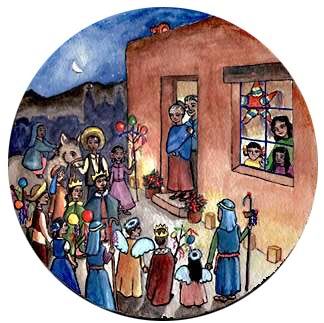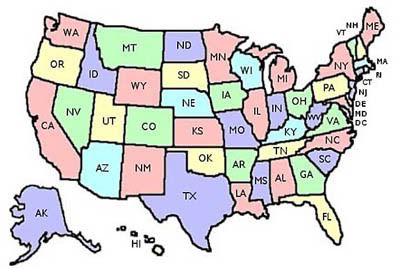1. Open communication in the family makes a difference. Knowing what is happening in the lives of others family members allows them to support and pray for one another. It strengthens family bonds.
2. The holidays, especially Christmas, is a special and happy time. Teens agreed that when they get the opportunity to actively participate in family traditions the holidays are much more fun. Even families with little or no church involvement practice some Christmas traditions.

3. Grandma is often identified as the keeper of the faith. Many of the teens described their grandmothers as very religious and wise. They respect her devotion to Mary through the rosary and consider her an inspiration.
4. Parents were described as having the responsibility of guiding their children in the faith. There was a concern, however, that parents need to be more open to the teens having questions about the faith. Teens also felt that sometimes their parents spend so much time at church that they forget about having fun, like going out to play a game of baseball together.

5. Mom is seen as someone who walks with them of their faith journey by taking them to church and teaching them how to pray.
6. Dad, often seen as an authority figure, is someone they go to when they are seeking answers for specific questions. This is especially true when the teens have observed dad engaged in his own faith formation.
7. Any popular religious traditions practiced at home provide a sense of security. Their level of understanding of the specific traditions doesn't really affect that feeling of being protected.
8. Families where the parents don't go to church but the children do often avoid the topic of faith or religion in order to avoid conflict.
9. The one thing that absolutely does not work is having the kids participate in a spiritual practice or activity without explaining why.

Once "it" has purpose and meaning, it is no longer considered boring or useless. With deeper understanding comes a deeper appreciation of the faith and traditions.
10. When the spiritual practices they grew up with at home are no longer a part of their lives, they actually miss them. They almost appeared to be waiting for someone to bring these experiences back into their lives.







